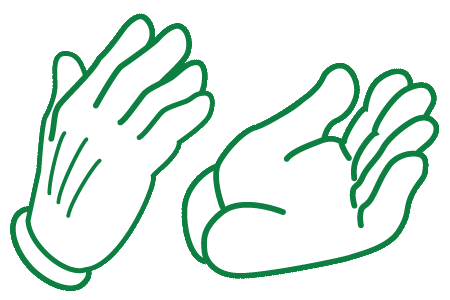
Don’t know…” became the mantra of the many American followers who were wholly preoccupied with thinking and knowing. “Too much thinking, put it down.” “Don’t know.

He speaks of the “Don’t-know mind.” In meditation practice, when thought arises, “Put it down!” he said. The Korean Son tradition called Chogye was made popular in America by Zen Master Seung Sahn, who also taught koan or, in Korean, kong-an practice. “Three pounds of flax.” “The bamboo grove at the foot of Chang-lin hill.” “He is no Buddha.” “Who is the Buddha?” There are many answers but no “right answer.” The answer is in the clarity and immediacy of mind, not the thought or word. The question is put by the Zen master in the regular master-student interview, testing the student’s ability to move beyond dualistic thinking. Examples include: “What is the sound of one hand clapping?” “Who is the Buddha?” “What was your original face before your parents were born?” Such questions confound the mind and its habits of thinking only in terms of logic, dualisms, and words. A koan is a question or problem given by a Zen master to a student. The Rinzai Zen tradition also includes koans in meditation practice. When you practice zazen, just practice zazen.” As the Soto teacher Shunryu Suzuki, so influential in the formation of the Zen community in San Francisco, put it, “If you think you will get something from practicing zazen, already you are involved in impure practice. “An inch of sitting,” they say, “is an inch of Buddha.” Such practice is not to “get somewhere,” but to realize fully where one is. The Soto school of Zen Buddhists emphasize sitting, called zazen. The monk Kashyapa thereupon was enlightened, and so began this special transmission from teacher to student, mind to mind.

What counts is “a special transmission outside the scripture.” It is said that once the Buddha, without saying a word, twirled a flower in his hand.

Japanese zen and Korean son are identical to the Chinese word chan, which is in turn derived from the Indian Sanskrit word dhyana. In English, all these words can be roughly translated as “meditation.” The monastic Zen tradition emphasizes that the realization of clear attention cannot be learned from studying scripture.


 0 kommentar(er)
0 kommentar(er)
